In the Philippines, obtaining a motorcycle license is not just a legal requirement mandated by the Land Transportation Office but also the key to unlocking two-wheeled mobility. The Philippines’ bustling streets and nimble dancers require a motorcycle license and a motorcycle license to travel through them.
The process of obtaining a motorcycle license to drive in the Philippines is pretty lengthy. The following guide will show you how to do so properly. Obtaining a student permit to completing theoretical and practical driving courses, each stage of the license application procedure is a rite of passage toward becoming a responsible and skilled rider.
Read Aslo: National ID Tracking
What is a Motorcycle License Philippines?
In the Philippines, a driver’s license is a license card issued by the LTO to roadworthy drivers. Motorcycle licenses, on the other hand, are driver’s licenses with DL codes that indicate authorization to operate motorcycles. According to the old restriction code system, it appeared on the license as Restriction Code 1 (RC 1), but under the newer system, it appears as DL code A and A1.
The following are key points about the motorcycle license in the Philippines (DL Code A and A1):
Requirements for Training
Motorcycle licenses and other licenses with a different DL code are typically obtained through the completion of a Theoretical Driving Course (TDC) and a Practical Driving Course (PDC) tailored to the vehicle of choice. A motorcycle license must be obtained through a TDC and PDC designed specifically for motorcycle riders.
Exams Written and Practical
Applicants for motorcycle licenses with DL codes A and/or A1 are also required to take and pass both a written examination and a practical driving test. To test the driver’s understanding of traffic rules and regulations, the LTO developed the written exam. Practical driving tests, on the other hand, allow the LTO to evaluate the driver’s skills in handling a motorcycle.
Requirements for Age
While there is no minimum age requirement to acquire a specific DL code, there is an age requirement to apply for one. First-time students may obtain a student permit at 16 if it is their first time. For the non-professional driver’s license (NPDL), however, the minimum age is 17 in order to apply for a motorcycle license.
Code of license
DL codes A and A1 on the physical license card indicate the holder’s authorization to drive motorcycles. A and A1 are the two types of DL codes related to motorcycle driving.
DL Code A: Motorcycle
A motorcycle rider’s driver’s license code is DL Code A. Including all types of transmissions, from automatic to semi-automatic to manual, this code covers any motorcycle model in the Philippines (e.g., Mio, Aerox, NMax, Smash, Barako, etc.). This code also covers Vehicle Category Codes L1 (two-wheeled vehicles exceeding 50 kph) and L2 (three-wheeled vehicles exceeding 50 kph).
DL Code A1: Tricycle
According to DL Code A1, three-wheeled motor vehicles such as motorcycles with sidecars, transport tricycles and e-tricycles, along with four-wheeled vehicles with a limited weight and design speed are classified as three-wheeled motor vehicles.
Vehicle Category Code A1 holders also have the legal permission to drive motorcycles with sidecars and a maximum speed of 50 kilometers per hour, three-wheeled vehicles with a maximum speed exceeding 50 kilometers per hour, four-wheeled vehicles with a maximum mass of 350 kgs and a maximum speed of 45 kilometers per hour, and four-wheeled vehicles with a maximum mass of 550 kgs and a maximum speed of 45 kilometers per hour.
Restrictions
Driving other types of vehicles, such as cars, does not automatically come with a motorcycle license. DL codes are needed for each type of vehicle you wish to drive, such as motorcycles and cars.
Endorsements
Certain restrictions may be imposed on the type, time, and conditions in which motorcycles can be operated depending on the license class, DL codes, vehicle category codes, license classification codes, and condition codes.
Motor Vehicle License vs Motorcycle License
A driver’s license with DL Codes A and/or A1 in the Philippines is permitted to drive a motorcycle, but not necessarily for other types of motor vehicles.
The following is a comparison of two different types of licenses.
Vehicle Type
You can operate motorcycles, scooters, tricycles, mopeds, and e-mopeds with a maximum speed of 50 kph with a motorcycle license. A motor vehicle license, on the other hand, allows you to drive cars, vans, and similar vehicles.
Training Requirements
You must typically undergo both theoretical and practical training to obtain a motorcycle license. The process of getting a driving license involves training on how to operate a car, which may involve different requirements and focus on specific aspects.
Testing Process
The written and practical tests for motorcycle and car licenses focus on the respective types of vehicles. A motorcycle test evaluates your handling skills, while a car test evaluates your driving abilities.
Restrictions
Motorcycle licenses do not automatically allow you to drive cars, and vice versa. DL codes for both categories are required if you intend to operate both.
License Code
Drivers are allowed to drive specific types of vehicles based on the code on their license card. The Philippines allows one to drive any motorcycle model as well as tricycles, scooters, and mopeds with DL code A or A1.
On the other hand, DL B and B1 apply to all hatchback, coupe, sedan, and SUV cars, as well as Honda Odyssey, Toyota Hiace, and Ford Transit passenger vans.
Endorsements for Additional Vehicles
It is possible for a driver to earn endorsements allowing him or her to drive additional types of vehicles in some cases. After taking additional driving tests for the additional vehicle types, he can apply for additional DL codes at the LTO. Depending on the endorsement, both motorcycle and car categories may be included.
The renewal processes for both types of licenses may be similar, and both require renewal. You should always check with the Land Transportation Office or their official website for the most up-to-date and accurate information.
Benefits and Importance of Obtaining a Motorcycle License
In the Philippines, it is imperative to have a motorcycle license because:
It is important to ensure legal compliance while driving a motorcycle, as it helps you avoid fines and penalties. Motorcycle licenses are required to operate a motorcycle on public roads.
To obtain a motorcycle license, you must typically complete training courses that enhance your knowledge of traffic rules, regulations, and safety awareness, as well as enhancing your riding skills. It contributes both to your safety and the safety of others.
A valid motorcycle license may be required by some insurance companies to ensure that you have coverage in the event of an accident. It is also important to have a license in case of accidents as it simplifies the process of filing a claim.
It is possible to be denied access to certain areas if you do not have a valid license for your motorbike. You are able to explore these areas freely if you have one.
In addition to improving your riding skills, motorcycle license training makes you a more confident and safer rider.
As a result of proper training and licensing, fatalities and accidents can be reduced, which enhances road safety overall. A motorcycle license signifies that you have received training and passed a test to ensure your safety on the road.
Especially those who perform delivery services or work in occupations that require motorcycling on a regular basis may need a motorcycle license.
Motorcycling group rides, events, and communities often require a valid license, so you can participate in a broader social aspect.
If you have a motorcycle license, you can use it for personal transportation, offering flexibility in navigating traffic and reaching your destination faster.
The motorcycle license can also be used as an identification document. The device can be useful in a variety of situations, not just for driving.
The goal of getting a motorcycle license is not just to comply with the law; it is to be responsible and safe on the road. Motorcycling benefits extend beyond convenience to include safety, legal adherence, and broader opportunities.
Eligibility
You must meet the following criteria to be eligible for a motorcycle license in the Philippines:
-
Age Requirement: Generally, you must be 18 years old to apply for a motorcycle license.
-
Valid Student Permit: You must hold a valid student permit for motorcycles for at least one month before applying for a non-professional license. A student permit is obtained at the Land Transportation Office (LTO) when you apply for your first license. Prior to getting one, you will need to complete a Theoretical Driving Course (TDC).
-
Completion of Theoretical and Practical Driving Courses: Take both the Theory and Practical Driving Courses (TDC) for motorcycles. Driving schools or LTO-accredited Driver Education Centers often provide these courses.
-
The Written Examination Passing: You must pass the written exam that assesses your understanding of traffic regulations and rules.
-
Completion of Practical Driving Test: This test tests your ability to handle a motorcycle safely.
-
Submission of Required Documents: Gather and submit all necessary documents, including a valid ID, an application form, and any other documents required by the Land Transportation Office (LTO).
-
Medical Certificate: An LTO-accredited clinic can provide you with a medical certificate that confirms your physical and mental fitness to drive a motorcycle.
-
Payment of Fees: You will need to pay the fees associated with the application and processing of your motorcycle license.
Motorcycle License Requirements
To obtain an motorcycle license, applicants must first prepare the following documentation:
Student Permit
As a student permit is always required for a first-time motorcycle license application, you need to prepare the following documents first:
-
The Application for Permits and Licenses (APL) form must be duly completed.
-
A copy of an electronic medical certificate from a medical clinic accredited by the LTO and the original
-
A photocopy of each of the following along with the original:
-
Certificate of Birth from PSA/NSO
-
Card of Identification of the Philippines
-
The passport
-
Civil Registry (in the absence of a PSA)
-
Certificate of Marriage from PSA
-
For applicants below 18 years old: a parent’s consent or a person having custody/care or supervision over the minor applicant authorizing the applicant to obtain a student permit with one (1) original, as well as a photocopy of any valid government-issued identification of the parent/appliant, with photo and signature.
-
Any one (1) photocopy and one (1) original of the following valid identification with photo and signature:
-
Card of Philippine Identification (PhilID),
-
Passport of the Philippines,
-
Card for the Social Security System (SSS),
-
Card with UMID,
-
ID for PhilHealth,
-
Card with TIN,
-
Identification card of the postal service,
-
The voter’s ID card,
-
ID of the barangay,
-
ID of the Professional Regulation Commission (PRC),
-
The Senior Citizen ID card,
-
TIN (Taxpayer Identification Number), if employed
-
Certificate of Completion of Theoretical Driving Course (electronically transmitted to LTO by accredited driving schools / LTO DEC / LTO accredited TESDA training centers)
Non-Professional Driver’s License
A month after receiving a Student Permit from the LTO, interested motorcycle riders are able to obtain a non-professional motorcycle license. First, he must prepare the following requirements:
-
Form APL (Application for Permits and Licenses) with all required information
-
An original and one (1) photocopy of an electronically transmitted medical certificate issued by a clinic accredited by LTO
-
An original and one (1) photocopy of the completion certificate for the Practical Driving Course (PDC)
-
Valid Student-Driver’s Permit (refer to SP validity)
-
For applicants under seventeen (18) years of age: Parental or guardian consent (with valid government identification with a photo and signature).
-
Card of Philippine Identification (PhilID),
-
Passport of the Philippines,
-
Card for Social Security System (SSS),
-
Card with UMID,
-
ID for PhilHealth,
-
Card with TIN,
-
Identification card from the postal service,
-
The voter’s ID card,
-
The barangay ID number,
-
ID of the Professional Regulation Commission (PRC),
-
Identification card for senior citizens,
-
ID of an OFW,
-
The Overseas Workers Welfare Administration (OWWA) identification number,
-
ID of the National Council of Disabled Affairs (NCDA),
-
Parent ID for a single parent,
-
Certificate of Voter Registration,
-
E-Card for the Government Services and Insurance System (GSIS),
-
The Seaman’s Book,
-
A list of Government Owned and/or Controlled Corporations (GOCC),
-
The Home Development Mutual Fund (HDMF) or the Pag-IBIG ID,
-
Certificate of Certification from the Department of Social Welfare and Development (DSWD),
-
ID of the Integrated Bar of the Philippines (IBP)
-
If employed, your Tax Identification Number (TIN)
-
The results of a DOH-accredited drug testing center and/or government hospital are negative
How to Get a Motorcycle License to Drive in the Philippines
Following are the steps to apply for a motorcycle license in the Philippines once you have completed the requirements:
Student Permit
The first-time applicant must apply for a Student Permit first. The following steps will guide you:
Step 1: Find the LTO branch closest to the applicant’s residence.
Step 2: Submit the Application for Permits and Licenses (APL) form.
Step 3: Wait for your turn in the queue.
Step 4: Submit all completed requirements with the attached queue number once you are called.
Step 5: Review the Driver’s Road Safety Pledge.
Step 6: Wait for your queue number/name to be called for the photo and signature capture.
Step 7: Visit the Cashier to pay fees.
Step 8: Await the release of the Official Receipt (OR) and the Student Permit.
Step 9: Request your Student Permit and complete the log book.
Non-Professional Driver’s License
Here are the steps for those who have a student permit for at least one month:
Step 1: Find the LTO branch closest to the applicant’s residence.
Step 2: Get an Application for Permits and License (APL) and complete it.
Step 3: You will be assigned a queue number and will have to wait your turn.
Step 4: Submit the duly completed APL form along with all the required information and the queue number.
Step 5: After your documents have been approved, proceed to the Cashier to pay your fees.
Step 6: Take the written test.
Step 7: Pass the driving test
Note: Regulations are subject to change, so make sure you check this guide or the LTO for the most up-to-date information.
Important Reminders
The following tips will help you get a motorcycle license in the Philippines:
-
Research Requirements: Become familiar with the motorcycle license requirements. Keep in mind that regulations may change from time to time, so make sure to check for updates.
-
Enroll in a Reputable Driving School: Select a driving school that offers the Theoretical Driving Course (TDC) and Practical Driving Course (PDC). You can enhance your skills and knowledge with professional training.
-
Study for the Written Exam: Take the written examination seriously. Ensure you pass the test by studying traffic rules and regulations and practicing with a mock Driver’s License Reviewer.
-
Practice Riding Skills: Become proficient at motorcycle riding, particularly if you are a new rider. Get familiar with the controls and gain confidence handling the motorcycle.
-
Attend the Practical Driving Course: Take advantage of the Practical Driving Course. You will be guided by experienced instructors during this time to refine your skills.
-
Be Prepared for the Practical Test: Become familiar with the specific maneuvers and skills required for the practical driving test. A driver may have to handle curves, make turns, and stop in an emergency situation.
-
Prepare Required Documents: Provide all the necessary documents, including your ID, the application form, and your medical certificate. For a complete list of requirements, visit the LTO website.
-
Follow the Application Process: Make sure you follow the application process step by step. You must attend all required courses, pass the exams, and submit all necessary documents on time.
-
Stay Informed: Stay up-to-date on any changes in regulations or procedures. Check official sources or contact the LTO regularly for updates.
-
Drive Responsibly: Prioritize safety once you obtain your motorcycle license. Ensure your safety and the safety of others on the road by following traffic rules, wearing protective gear, and riding responsibly.
Conclusion
Getting a motorcycle license to drive in the Philippines is the first step towards being able to drive a motorcycle on the busy streets of the country. In addition to serving as a legal requirement, obtaining a motorcycle license also empowers you to confidently navigate the twists and turns of operating your own motorcycle on the open road.
It is our hope that this guide has helped you navigate the twists and turns of the Philippine licensing process and steer you through obtaining your motorcycle license in the Philippines.
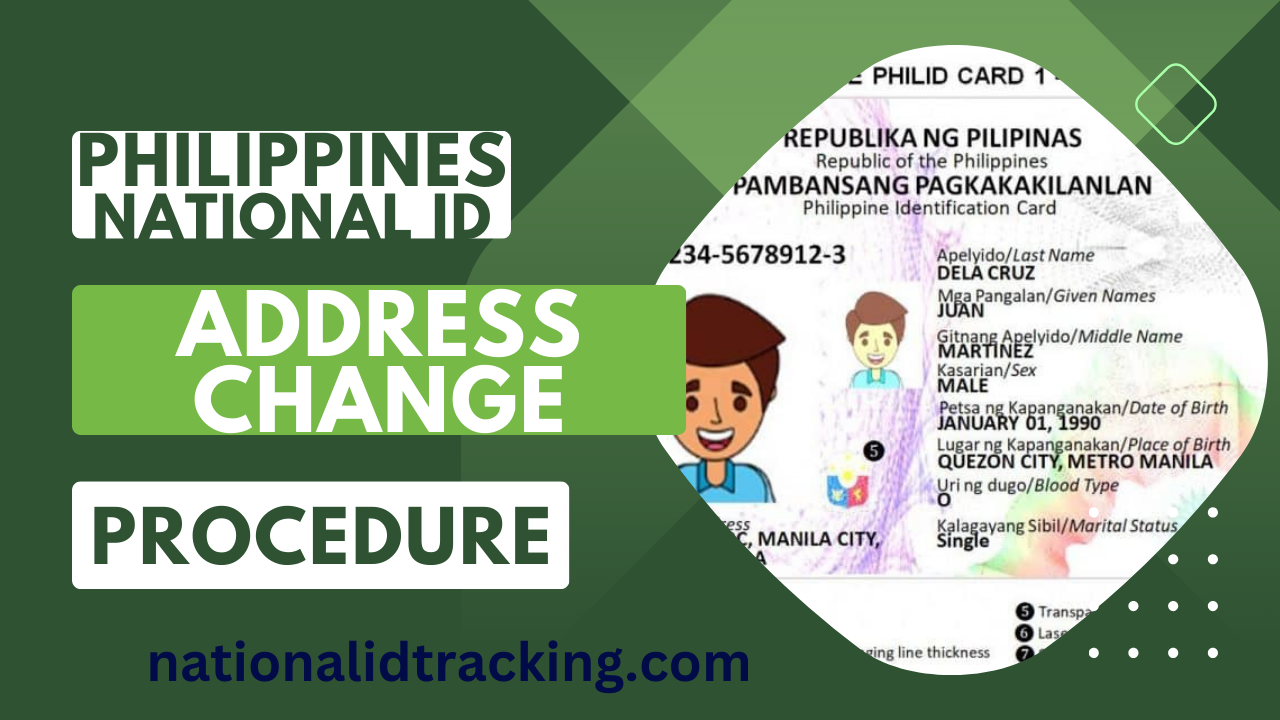
 Blog2 weeks ago
Blog2 weeks ago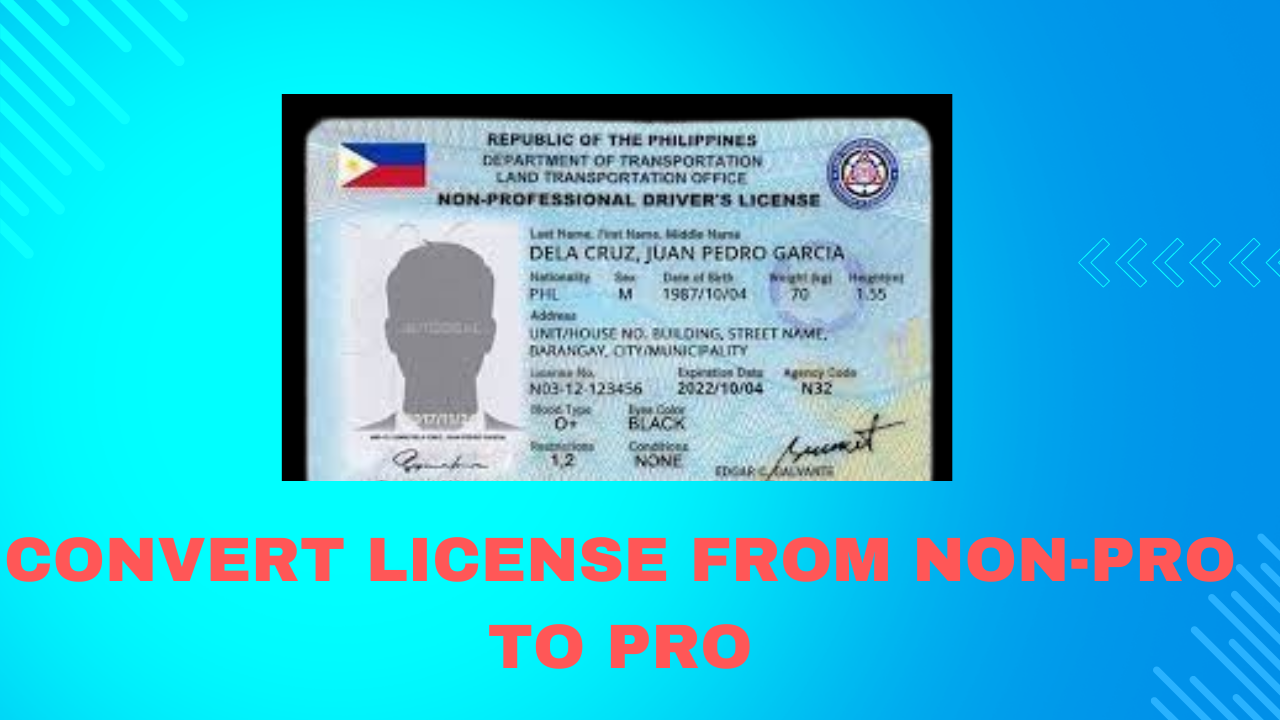
 Driving License8 months ago
Driving License8 months ago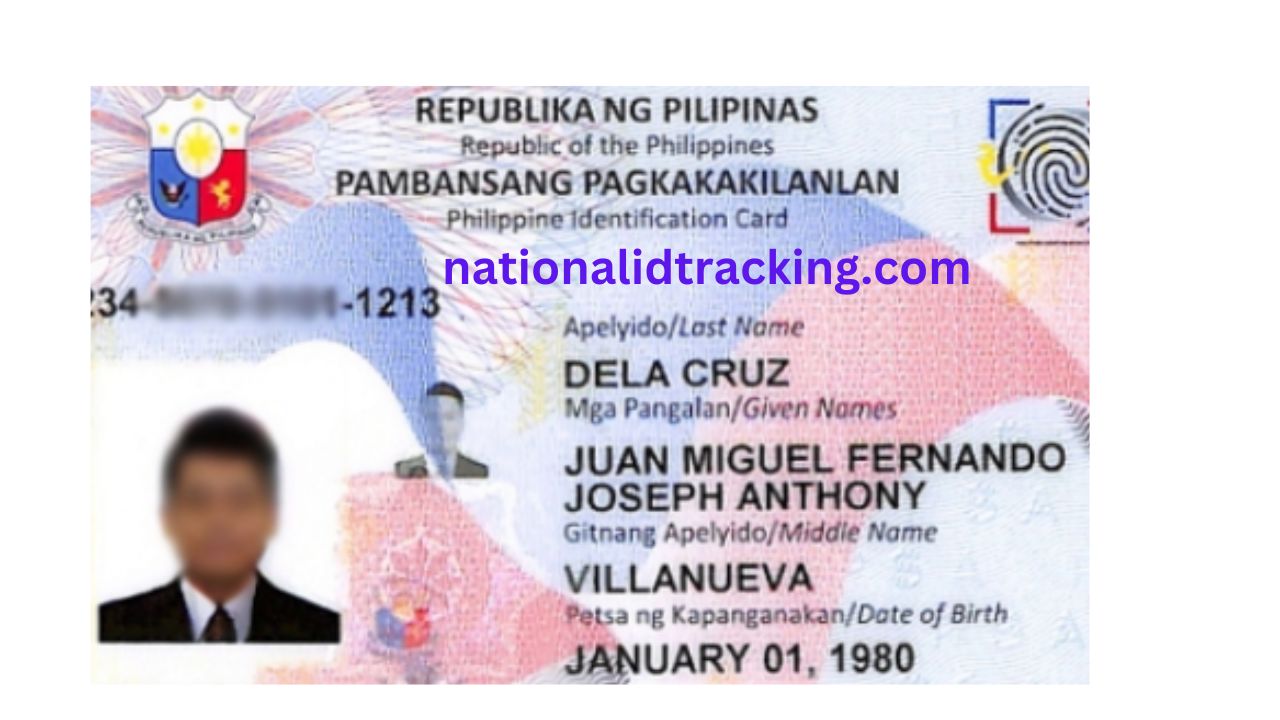
 Blog3 weeks ago
Blog3 weeks ago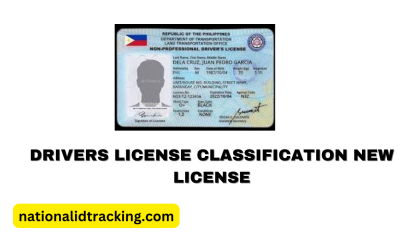
 Driving License7 months ago
Driving License7 months ago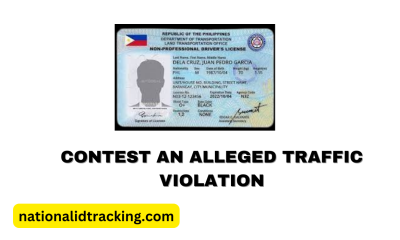
 Driving License7 months ago
Driving License7 months ago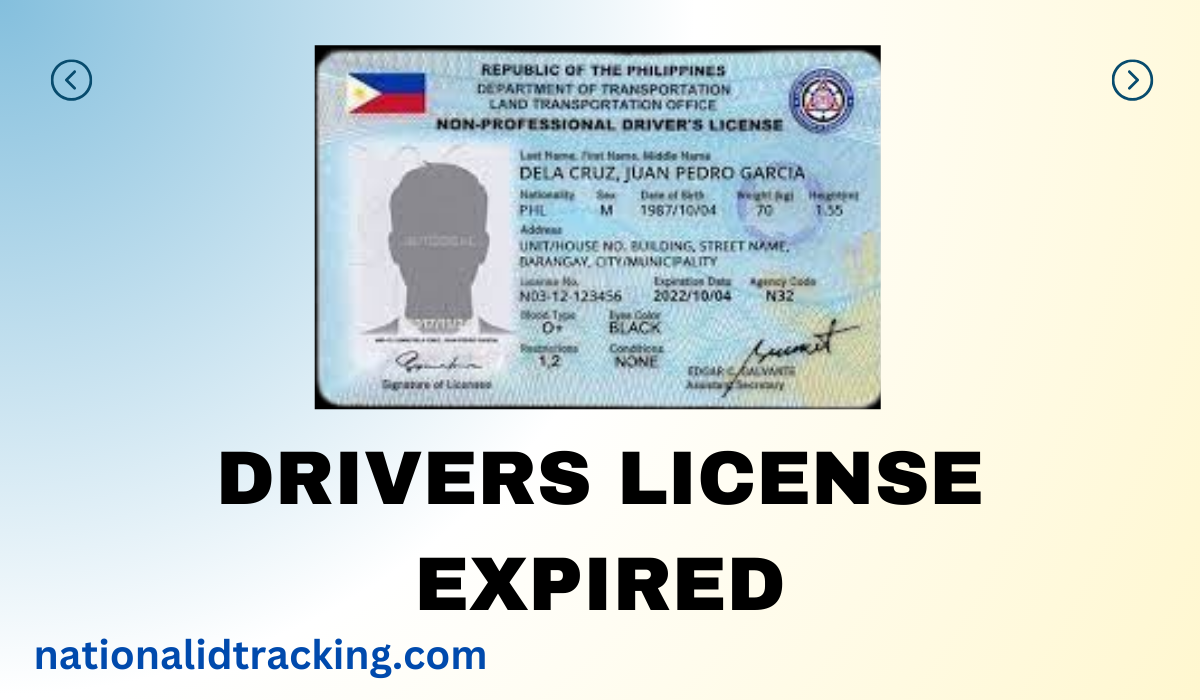
 Driving License7 months ago
Driving License7 months ago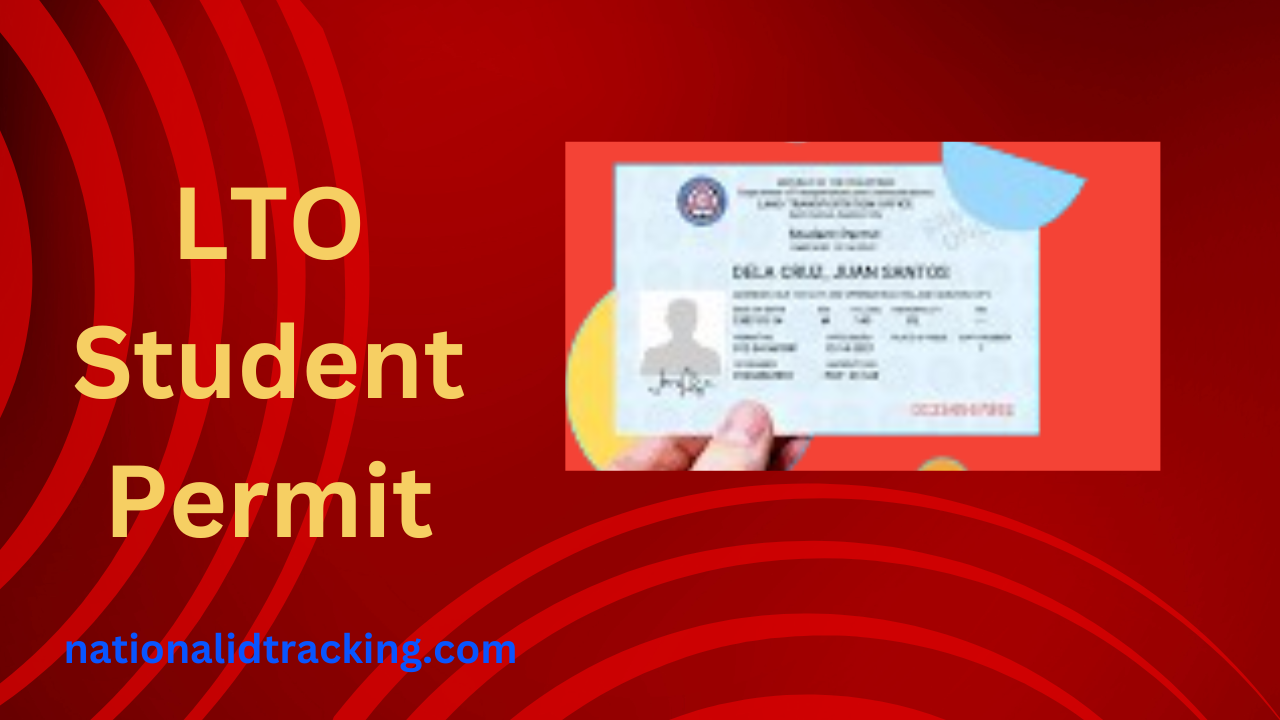
 Driving License8 months ago
Driving License8 months ago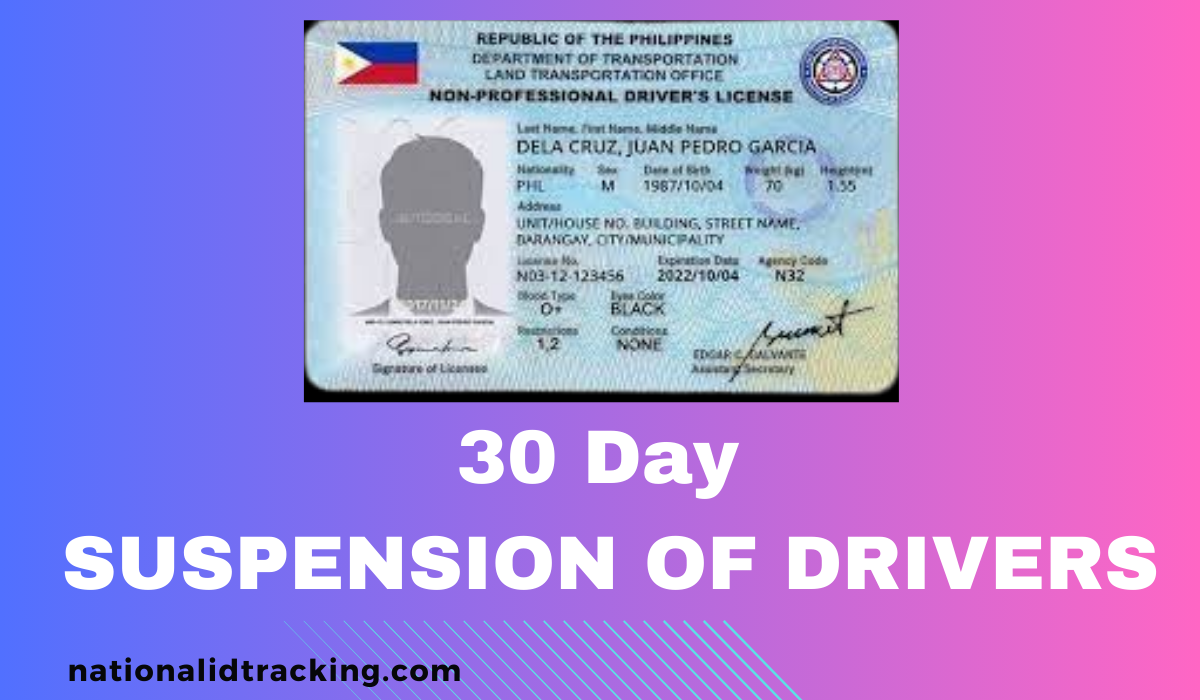
 Driving License7 months ago
Driving License7 months ago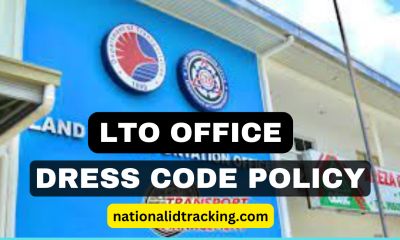
 Driving License5 months ago
Driving License5 months ago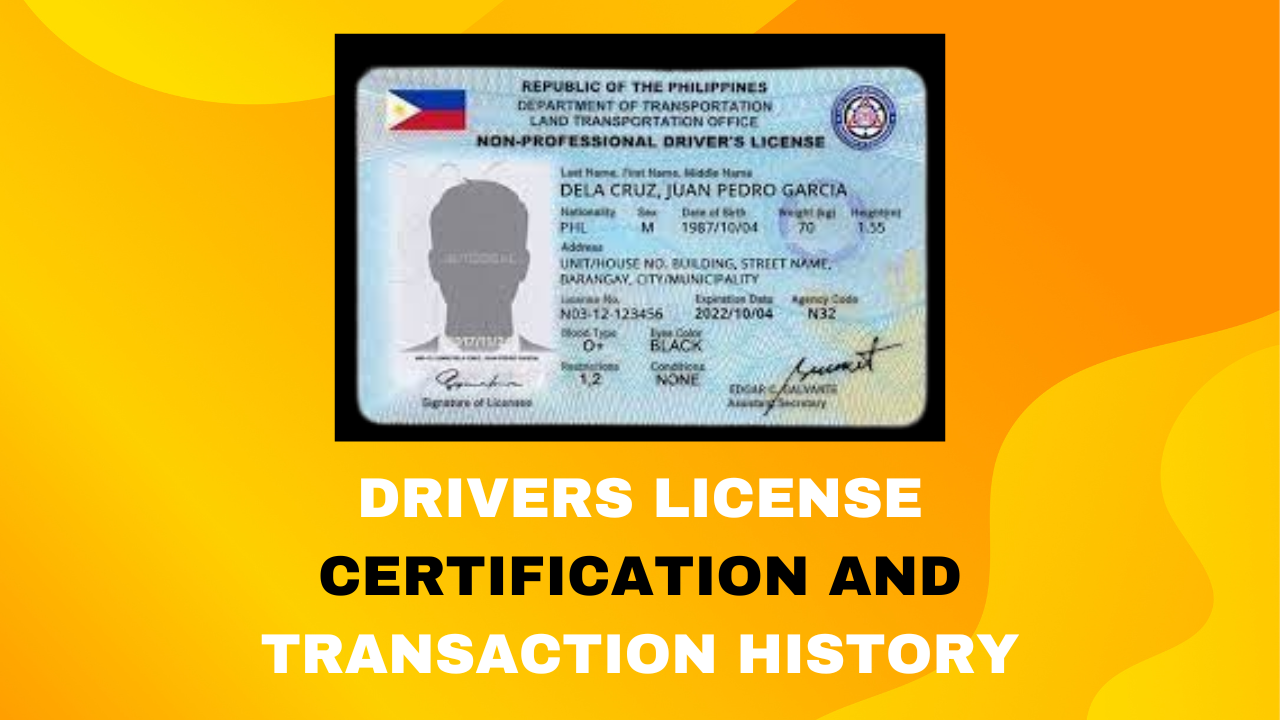
 Driving License8 months ago
Driving License8 months ago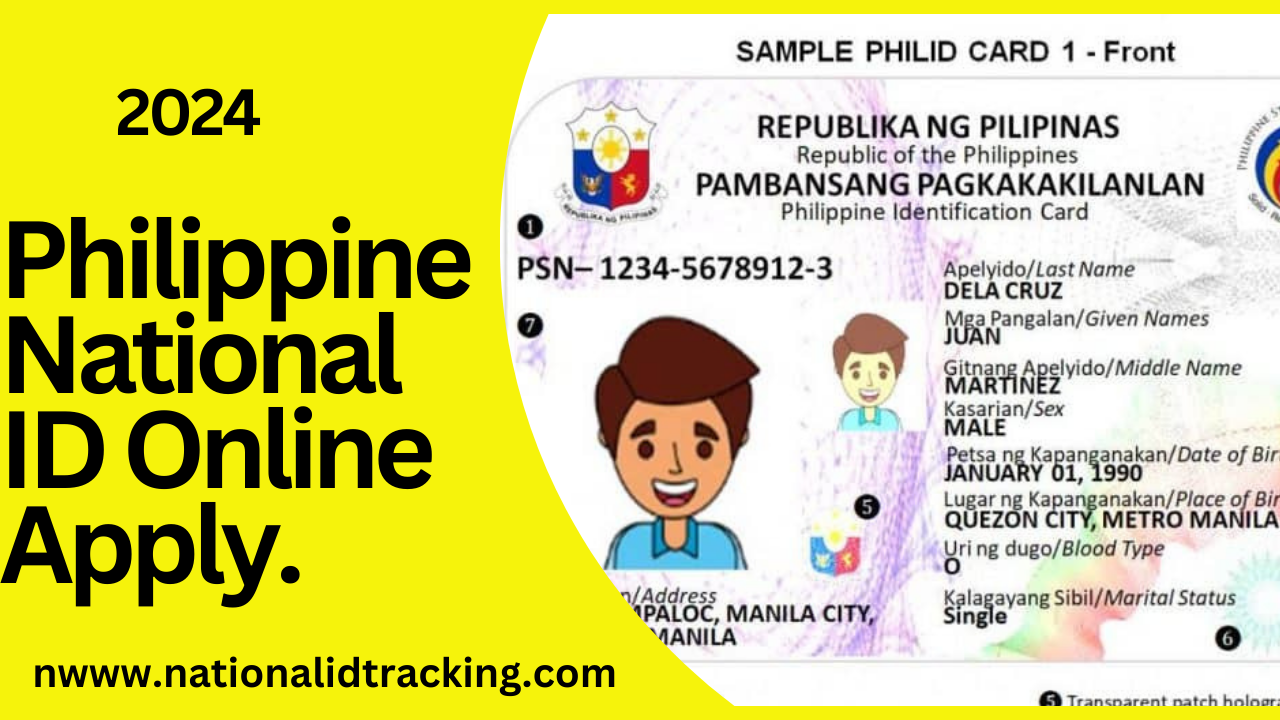
 Blog2 weeks ago
Blog2 weeks ago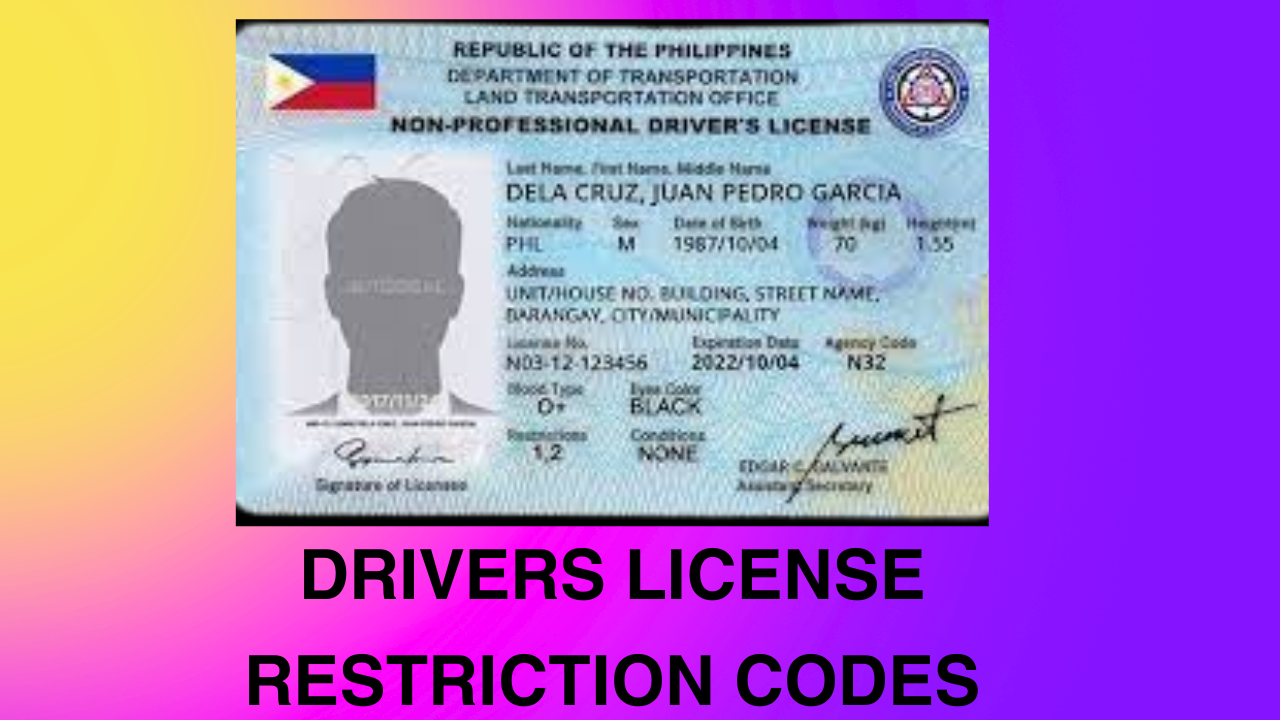
 Driving License8 months ago
Driving License8 months ago